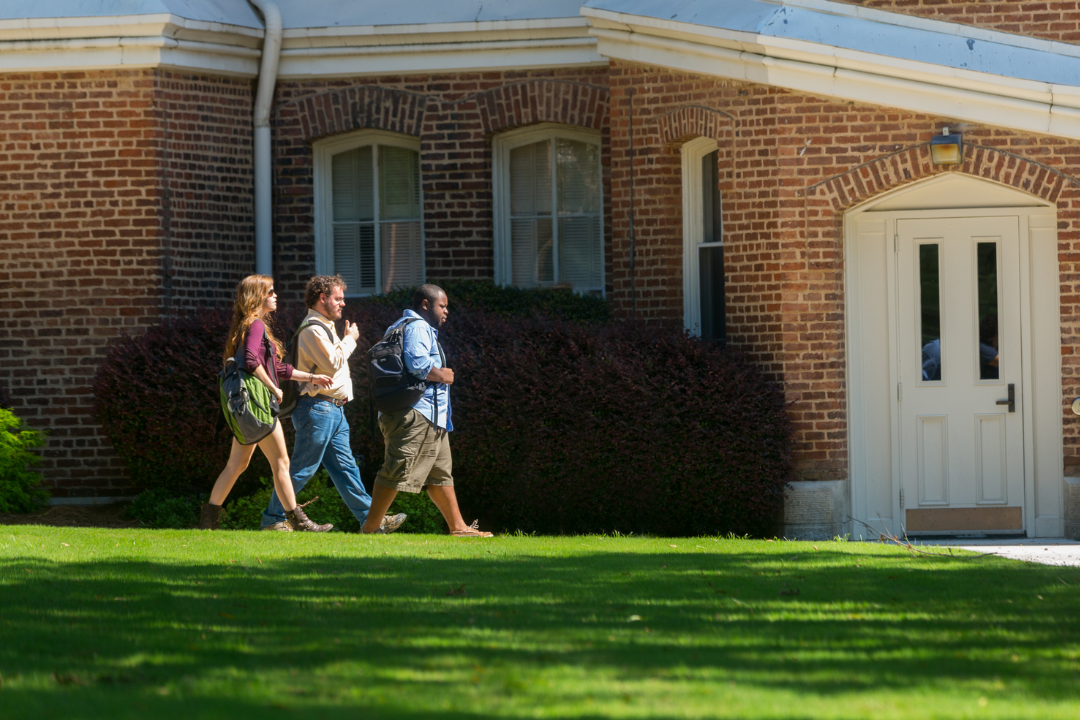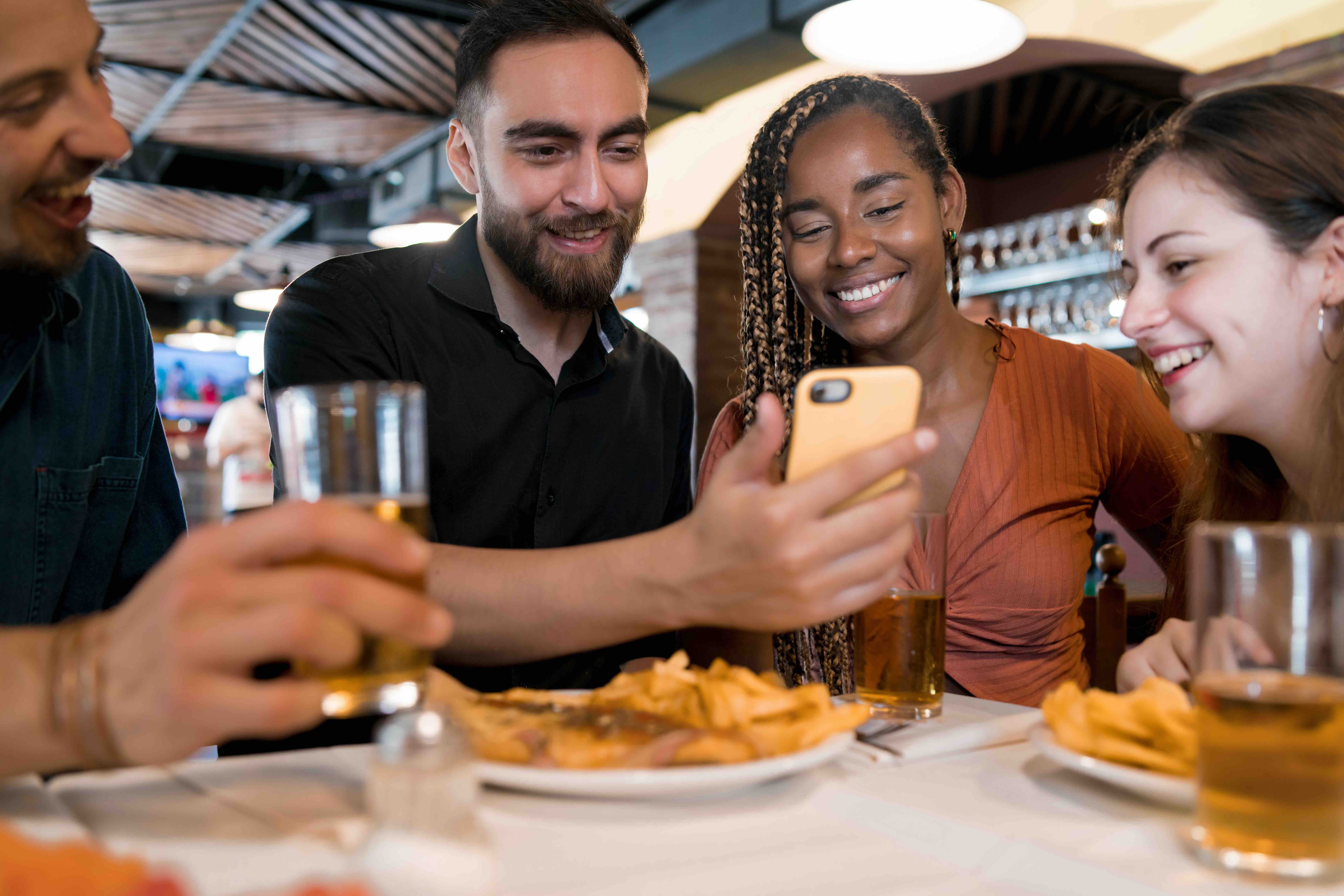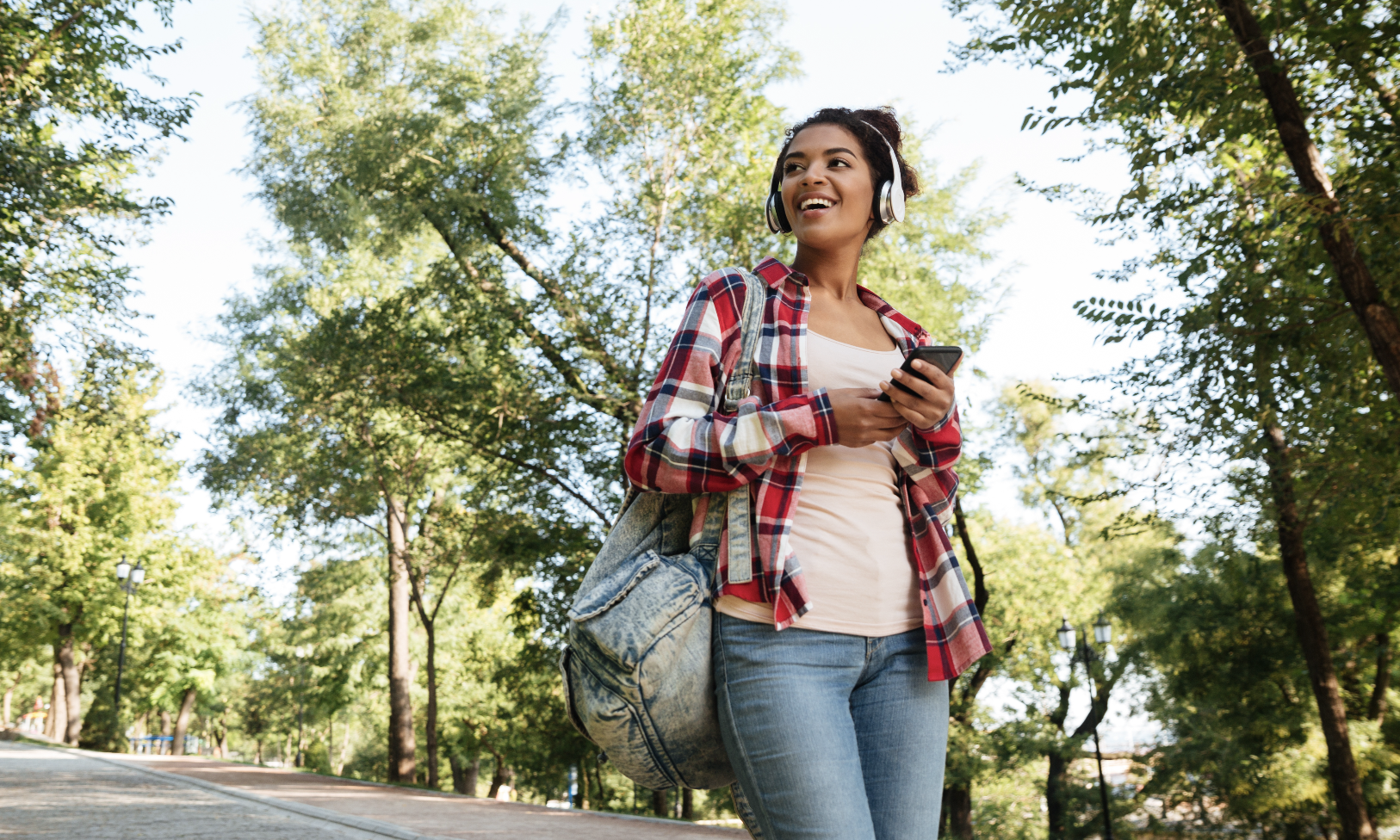Data on Restaurant Weeks and Months

Restaurant promotions are popular with diners and throughout destinations, but there has historically been very little data on restaurant weeks and months captured. After all, tracking diners is a complicated problem to solve. Although restaurants could usually attribute a spike in traffic to the buzz of a month or week-long restaurant promotion, limited data meant that the true impact of these initiatives on the local economy remained a mystery.
During the COVID-19 pandemic, more destinations were focused on supporting local restaurants than ever before. That focus meant that more destinations were bringing the problem to Bandwango.
With flexible technology, Bandwango is able to adapt to different styles of these restaurant promotions – from tracking diners cashing in discounts on menus to prompting them to check-in to locations where they are picking up takeout.
We’ve recently launched these passports in partner destinations like:
Newport Beach, Hamilton County, Grand Rapids, Concord, and Elk Grove.
So, what have we learned from these initiatives about how diners use their Bandwango passes? We dug into the data from three different passports – Newport Beach’s Dine Pass, Grand Rapids Restaurant Week and Carmel-by-the-Sea Culinary Week – to try and identify patterns that might be useful to our clients. Check out some of our findings below!
Passport Sign-Ups
Key finding: Our research shows that 40% of passholders sign up for the passport prior to the first day of the restaurant initiative beginning. Additionally, 38% of passholders will sign up in the first three days of the promotion.
Key strategy: Focus your media and promotional efforts on capturing sign-ups 2 weeks out from your initiative’s start date. Don’t waste your ad money – stop your campaigns on the 4th day of the initiative.
Many clients gather sign-ups for these promotions prior to the pass going live. They create a contact form on their website with identical fields to Bandwango sign-up forms. Then, Bandwango pre-loads those sign-ups into the back-end the day the pass is available. The back-end then sends texts and e-mails out to those people.
Passport Check-Ins
Our data on restaurant weeks and months shows that an average of 25% of passholders check-in for Restaurant Weeks and Months using their passport.
Key finding: Passholders were more likely to check-in at locations on the same day or on consecutive days than they were to space out their visits throughout the week, even if geography told us they were 10-15 minutes away from restaurants included in the passport.
In some cases, this correlated with geographic location and proved that some passholders were making weekend trips and using the passport while dining on a getaway.
Key strategy: Consider using Bandwango’s back-end messaging tool to schedule text message notifications 12 hours after someone checks in on their passport. Since our research shows they’re likeliest to use the passport consecutively, this could push the passholder to use it again because it’s already in line with their consumer behavior.
Key finding: Based on the pattern of check-ins at locations, it is likely that passholders who checked in to multiple locations on the same day got drinks at one place and dinner at another. In fact, in two cases, the two top locations for check-ins were cocktail or craft beverage hot spots.
Key strategy: Give the passholder the idea to get drinks or dessert at one location and dinner at another with Bandwango messaging. Because we know passholders are likelier to use their pass consecutively, this can further influence their consumer behavior and lead to more check-ins.
If you are including discounts in your passport, think about diversifying those offers with this consumer behavior in mind. It is good to have a mix of main course discounts along with cocktail or dessert coupons.
Messaging
Key finding: Scheduled messages may prompt check-ins, but it is just as likely that typical consumer behavior drives check-ins around these points without messaging prompts.
Key strategy: Often clients schedule Bandwango messages to reach diners at three key points:
- Before a weekend
- Mid-way through a campaign
- When the passport is about to expire
Key insights: Based on the data from Newport Beach’s Dine Pass, Grand Rapids Restaurant Week and Carmel-by-the-Sea Culinary Week, we know that:
- Check-ins are highest on Thursday – Sunday
- Check-ins are highest at the beginning of the campaign and at the end of the campaign, with a lull in the middle of the initiative
- In two cases, an average of 5 check-ins was tracked on the last day of the campaign. In one case, the last day of the campaign yielded great results – tracking 50+ check-ins.
It’s possible that messaging drives all of this activity, but data is inconclusive. For example, the client who did not send messaging out on the last day of the campaign is the client who drove 50+ check-ins on the last day of the campaign. So, don’t sweat the small stuff. *shrugs*
If you’re looking to launch a Restaurant Week or Month of your own, keep in mind that Bandwango passports require 45-60 days to build. Schedule your demo now with our sales team if you want to become a client and launch a passport in your destination! Or – if you’re already a client – contact your Client Success Manager and let them know you’re hungry for data on restaurant weeks and months.


.png)
.png)
.png)
.png)
.png)
.png)
.png)
.png)
.png)



.png)
.png)







.png)


.png)
.png)





-min.jpg)















%20(2).png)


.png)
.png)


.png)












































